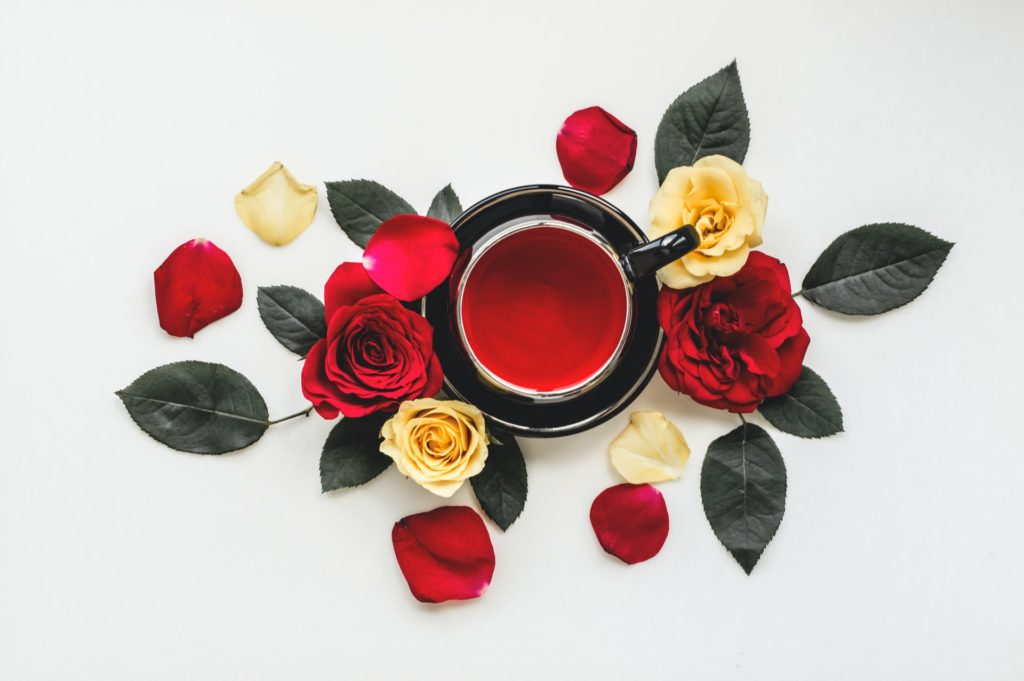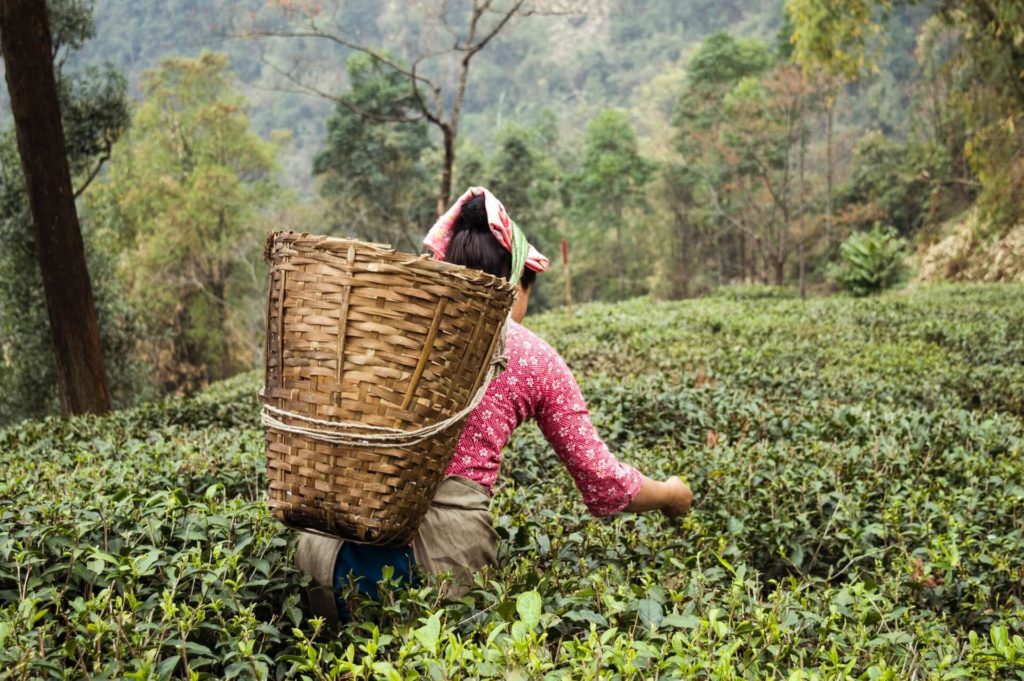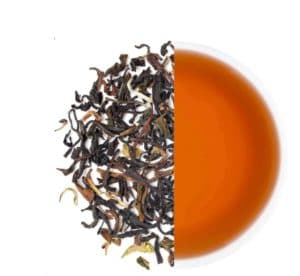Darjeeling Black Tea - Try this Delicious Floral Tea Now!

Darjeeling Black Tea is a delicious tea featuring subtle fruity and floral flavors. Read more to learn why you should be drinking this tea!
Darjeeling is a type of black tea amongst the many that exist, which include Ceylon, Keemun, and Assam black tea.
It is famous for its fruity and floral flavors. It's one my favorite types of tea to drink in the morning!
Read on to learn more about this amazing tea...and why I like to drink it so much!
The Origins of Darjeeling Black Tea
Darjeeling is grown in smaller batches in a mountainous region of India. Grown high in the Himalayas it is from the Darjeeling region in West Bengal.
Cultivation of this type of tea began in Darjeeling in 1839 and has become popular because of its light, fruity, and floral liquor (1). This makes it ideal for being the base in Chai tea.
Oxidation of Darjeeling Black Tea
Also known as fermentation, oxidation occurs when the tea leaves are exposed to oxygen which creates a chemical reaction within its leaves (i.e. oxidation reaction). This changes the leaves color and creates the bold taste of black tea.
The ideal temperature for Darjeeling tea to be fermented at is 30 degrees Celsius (1). It’s basically like the tea leaves going on holiday and lying by the pool for a while.
Processing of Darjeeling Black Tea
Darjeeling generally comes from the Chinese varietal of Camelia Sinensis and is usually produced using the Orthodox method.
Each batch has a unique taste due to the season it was picked in.
Sub types of Darjeeling Black Tea
There are different black teas depending on the time of year they are picked. These correspond to the...
- First flush. Picked in spring and also known as lover’s blush. The leaves are light green with a clear liquor which is mildly astringent. It is usually the most in demand with a price tag to coincide this.
- Second flush. Picked in May and June. The leaves are bigger and darker which produces a sweeter flavor and more color to the liquor.
- Monsoon Tea. Picked in the rainy season between July and September. The tea is a darker color with a stronger taste. The tea is more oxidized.
- Autumnal flush. Picked in autumn or fall between October and November. The tea leaves are a coppery brown color with a distinct flavor.
Darjeeling Black Tea Preparation
Preparing Darjeeling Tea is simple. It takes slightly lower temperatures and steeping times than most other black teas:
- Pour a bit of warm water into your cup and throw it away so the tea isn’t going straight into a cold cup.
- Brew the tea in 200 to 205 degree Fahrenheit (93 to 96 Celsius) for 2 to 5 minutes.
- Steep the leaves in a teapot for the optimum taste or in an infuser where the leaves can circulate.
- Pour and enjoy.
Recommended Product
We recommend this Classic Darjeeling Black from TeaBox. This tea is a blend of Darjeeling’s finest Chinary black teas.
It has an oaky flavor with hints of stone fruits and the aroma of spice and sweetness.
Darjeeling Black Tea
Frequently Asked Questions
Is Darjeeling high in caffeine?
Darjeeling has around 50mg of caffeine per cup. In comparison Assam tea can contain about 60 to 110 mg per cup.
Why are some Darjeeling teas so expensive?
Darjeeling is processed using the orthodox method meaning which is time consuming requiring more labor. However, this results in a high quality tea.
Bottom Line

Try all four flushes of Darjeeling black tea to experience the range and complexity of each.
There’s nothing better than a steaming cup of Darjeeling black tea to perk you up and comfort you on Monday mornings!
This article is intended for informational purposes only. It is not meant to replace professional medical advice, treatment or diagnosis. Do not consume any type of tea if you are allergic to it. The information in this article is not intended to treat serious medical conditions. Please seek professional medical advice before using home remedies.
